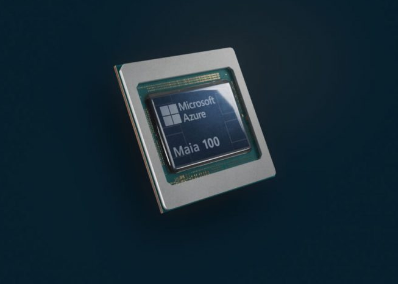Microsoft Describes Next Xbox SoC
Microsoft described Scorpio, the SoC inside its Xbox X One. The device, detailed at Hot Chips, aims to balance cost and performance for 4K gaming in a console shipping in November.
Scorpio packs 7 billion transistors with 6 TFlops graphics performance in a 359 mm2 chip made in a 16FF+ TSMC process. The chip, designed in partnership with AMD, also packs eight x86 cores running at 2.3 GHz and sharing 4 Mbytes L2 cache.
Scorpio uses 12 GBytes of GDDR5 memory rather than 32 MBytes embedded SRAM used in a prior generation or a high-bandwidth memory (HBM) module which engineers considered. “We were a little nervous making a consumer product with data moving around at 6.8 GHz,” said John Sell, a Microsoft distinguished engineer, referring to the GDDR5 data rate.
The single large block of memory enables much simpler tools for application developers, Sell said. It also emulates the embedded SRAM for compatibility with apps written for the prior console.
Microsoft kicked the tires of the kinds of HBM modules AMD pioneered in GPUs in 2015 and Nvidia uses now on Volta. “But for a consumer product HBM2 is too expensive and inflexible…its memory bandwidth is not as granular, and we would be locked into [an HBM] module,” Sell said.
It’s too early to tell what the next generation trade-offs will look like, but both a Jedec GDDR6 and an HBM3 are in the works. A major cost issue for HBM is a lack of test coverage and thus relatively low yields, he said.
Other memory alternatives may include modules using lower cost organic substrates than the silicon interposer in HBM. Intel has its own alternative called EMIB for its foundry customers. However, Microsoft aimed to reuse many blocks, particularly some custom analog designs from the existing Xbox One S that also was made in a TSMC 16FF+ process.
The 16FF+ process “is quite mature now — we actually used it for the Xbox One S — but this is still one of TSMC’s largest 16FF+ chips,” he said.
The majority of Scorpio consists of 40 graphics processing units, four spares and shader arrays running at a core frequency of 1.172 GHz.
AMD’s Zen x86 core was not ready in time for the SoC which uses eight older AMD CPUs. However, they are newer and faster units than on the closest rival console, Sell said.
The SoC supports HEVC encode and decode at 60 Hz. It also includes eight custom audio processors enhanced for spatial audio. A separate south bridge includes I/O for PCIe, USB and a SATA hard disk. The entire system will sell for about $500, including an integrated Blu-ray drive.
在线留言询价

Microsoft, MediaTek Team on IoT SoC
- 一周热料
- 紧缺物料秒杀
| 型号 | 品牌 | 询价 |
|---|---|---|
| TL431ACLPR | Texas Instruments | |
| CDZVT2R20B | ROHM Semiconductor | |
| BD71847AMWV-E2 | ROHM Semiconductor | |
| RB751G-40T2R | ROHM Semiconductor | |
| MC33074DR2G | onsemi |
| 型号 | 品牌 | 抢购 |
|---|---|---|
| ESR03EZPJ151 | ROHM Semiconductor | |
| STM32F429IGT6 | STMicroelectronics | |
| BP3621 | ROHM Semiconductor | |
| IPZ40N04S5L4R8ATMA1 | Infineon Technologies | |
| TPS63050YFFR | Texas Instruments | |
| BU33JA2MNVX-CTL | ROHM Semiconductor |
- 周排行榜
- 月排行榜
AMEYA360公众号二维码
识别二维码,即可关注


请输入下方图片中的验证码:
























